
100 years of women in FE and skills. Learning and place: the legacy of Henrietta Barnett
In the fourth of our posts on the women who shaped further education – marking 100 years of women's suffrage – we assess the contribution of social reformer and advocate of workers’ education, Henrietta Barnett
Henrietta Barnett (née Rowland) was born on 4 May 1851 in Clapham, London. Her mother died soon after her birth and she and her seven siblings were raised by her father, a wealthy businessman, in Kent. When her father died, she moved to Bayswater with two of her sisters. It was there she encountered the housing reformer Octavia Hill and began to dedicate time to support her efforts to develop social housing for London’s poor families. It was through Hill that Barnett was introduced to the ideas of John Ruskin and to her future husband Samuel Augustus Barnett, a curate who shared her passion for social action. Together, they move to the poor and overcrowded Whitechapel parish of St Jude’s, intent on improving social conditions, particularly among women and children.
This work led Barnett and her husband to found the world’s first ‘university settlement’, Toynbee Hall (named after Arnold Toynbee, an historian and early advocate of adult education), in the East End of London in 1884. The aim of the settlement was to bring together people of different classes to live and learn in the same community. Barnett believed that if students from the universities of Oxford and Cambridge lived among the poor and gained an insight into their lives it would help reduce inequality, while enabling those with the privilege of education to share what they knew. The work began with 16 settlers and soon developed into a substantial programme of social welfare and adult education. Toynbee Hall became an early home to the Workers’ Educational Association (WEA) and attracted some notable settlers, including economist William Beveridge, future Labour Prime Minister Clement Atlee, and R.H. Tawney, the economic historian and social critic who played a major part in the development of the WEA. Stanton Coit, who established the first American settlement, in New York, in 1886, and Jane Addams, who established America’s best-known and most influential settlement house, Hull House, in Chicago, a few years later, also visited the settlement. Within a few decades, there were more than 400 university settlements across the United States.
Barnett’s belief in the power of working-class education grew from her lifelong commitment to reducing inequality and closing the gap between social classes. She continued to advocate settlements, proposing the creation of women’s university settlement in Southwark. Her writings challenged misconceptions about the poor, highlighting the dignity with which many of those in poverty lived their lives. In her later life, Barnett focused most of her energies on creating Hampstead Garden Suburb. Her aim was to create a community in which people of all social classes could live a ‘neighbourly’ life and where decent housing and social amenities could be enjoyed by all. At the heart of this community, she build an educational and social centre, a place of learning modelled on Toynbee Hall to which all were welcome. The centre offered lecture programmes and gave people a local space in which to think and discuss.
Barnett’s work, seen through a modern lens, can appear to embody the somewhat patronizing and naïve form of altruism typical of many philanthropic Victorians. However, unlike many of her peers, she was prepared to exemplify the change she wanted in wider society, living among those whose lot she sought to improve, while actively championing the kinds of reforms, in housing and education, that would enable them to act with greater agency in their own lives. She recognized the importance of closing the inequality gap, and the role of education, especially adult education, in doing this. She also saw the relevance of place in education and the need for communal spaces in which people could come together and learn. The settlement movement, which stemmed from the creation of Toynbee Hall, became a kind of hothouse for innovative social policy and reform, particularly in the field of education.
Barnett continued her campaigning work throughout her life, focusing on the role of housing and education in social reform, her work informed by her belief that such action could achieve significant social change. She died in her Hampstead home in 1936.


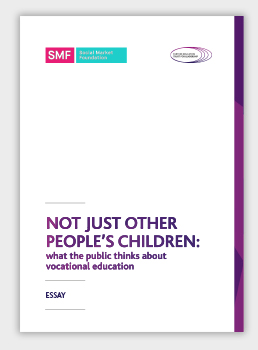
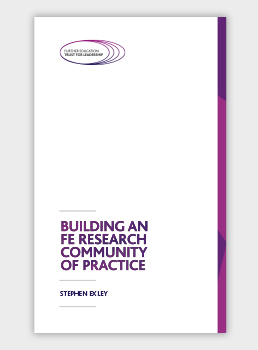


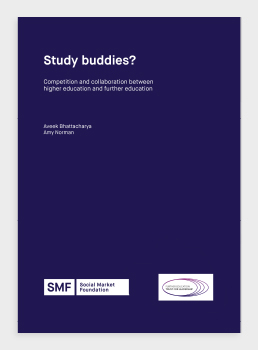















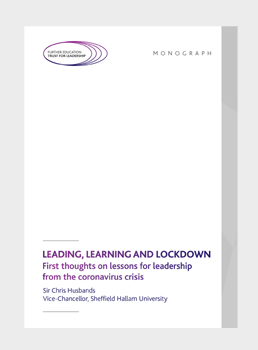















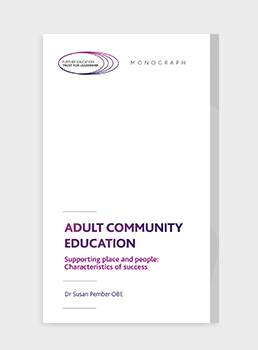
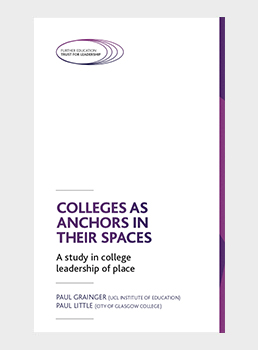
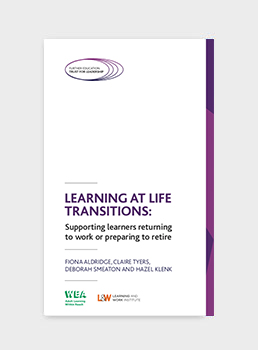



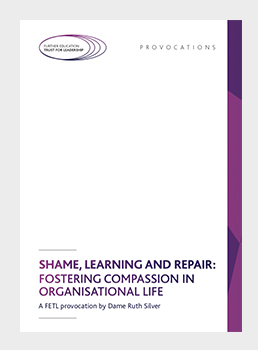



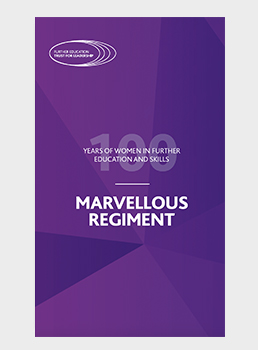






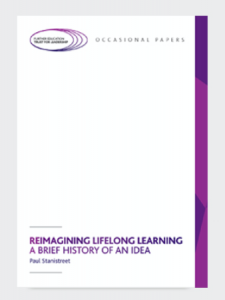

















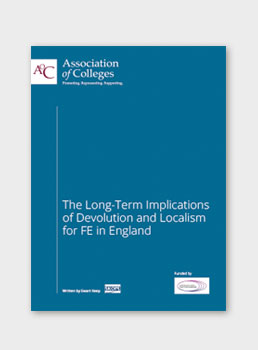











Great info and straight to the point. I don’t know if this
is in fact the best place to ask but do you folks have any thoughts
on where to hire some professional writers?
Thx 🙂 Escape rooms
I like this website very much, Its a real nice spot to read and obtain information..
Hi there! Do you know if they make any plugins to help with Search Engine Optimization?
I’m trying to get my blog to rank for some targeted keywords but I’m
not seeing very good results. If you know of any please share.
Thank you! You can read similar art here: Warm blankets
Howdy! Do you know if they make any plugins to assist with SEO?
I’m trying to get my site to rank for some targeted keywords but I’m not seeing very good success.
If you know of any please share. Appreciate it! You can read similar
art here: Coaching